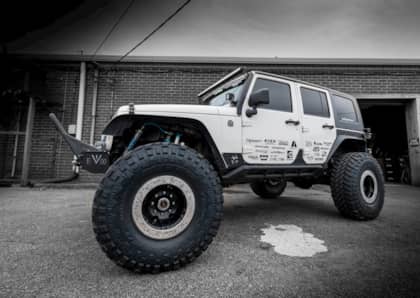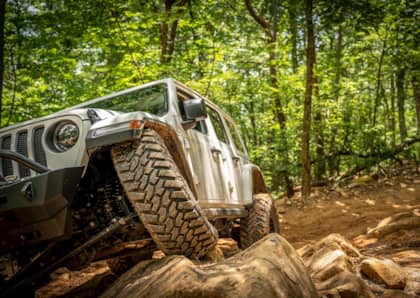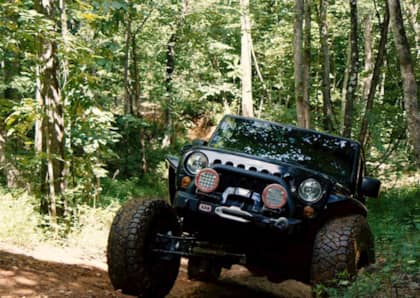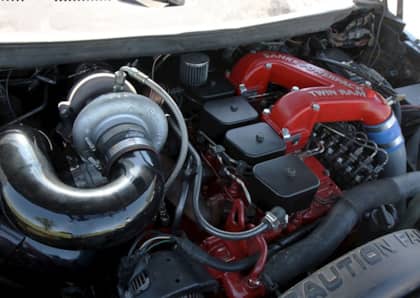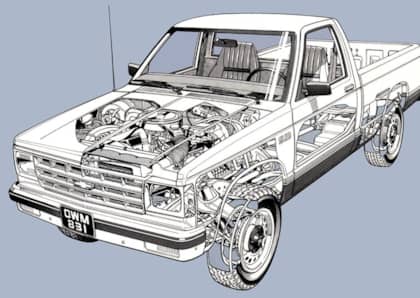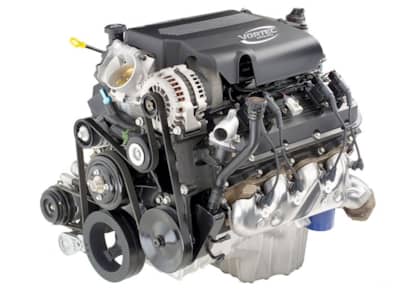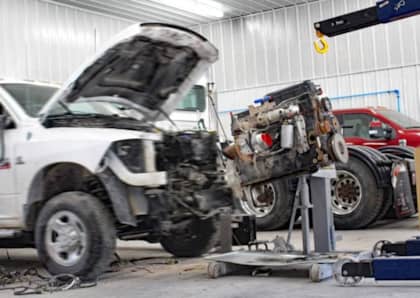How To Assemble A Beadlock Wheel (W/Video)

The simplest and least expensive way to improve any vehicles off-road performance is to reduce the air pressure in the tires. By lowering the psi (pounds per square inch), you effectively increase the footprint of the tire, which helps disperse the vehicle’s weight over the ground below. This increases the tire’s ability to conform to the terrain, which greatly elevates your traction odds. A byproduct of the low air pressure is also a smoother ride.
When running a stock or conventional wheel set, you can typically safely air down between 12-15 psi. While that pressure range is effective, it’s not going to allow you to get the full performance potential out of your tire. This is especially true when mounted under a lightweight vehicle where you actually need to get the tire into single-digit pressure territory to work efficiently. In order to get the most performance out of the tire, while safely running extremely low air pressures, a beadlock wheel is needed.
A beadlock wheel is designed to “lock” one or both of the tire’s beads to the wheel via some sort of mechanical clamp or locking element. By locking the bead to the wheel, it reduces the chance of you losing the bead when running lower air pressure off-road. The most common type of beadlock wheel works by placing the outer bead of the tire between an external ring that is bolted to the wheel. To get a better idea of how a beadlock wheel works, we documented the install a set of 37x12.50R17 Nitto Trail Grapplers, which were mounted on 17x9 ATX Slab beadlocks.




At this point, you are ready to start the marriage of the beadlock ring and the wheel. The ATX Slabs use a massive 3/4-inch-thick forged 6061 T-6 aluminum beadlock ring to lock down the tire, which is one of the beefiest on the market.

Since your beadlock bolts require periodic re-torqueing, be sure to use anti-seize on the bolts. This will make your service intervals easier, and make it less of a choir to swap out your old treads for new ones when you are ready.


To see this in action, check out the video of our friend Mel Wade of Off Road Evolution walk you through the process.




